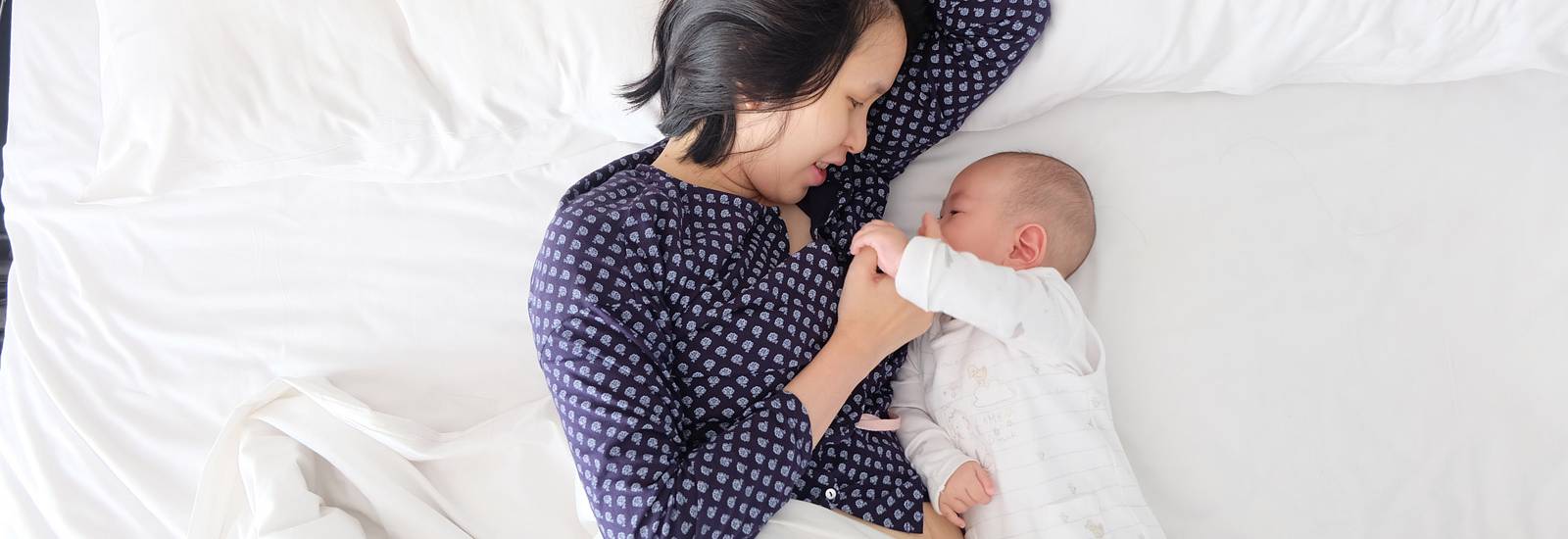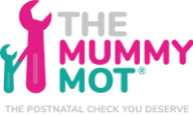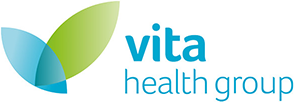There are many different experiences that come with pregnancy. The different trimesters each bring a new physical change to your body. Below are some of the changes you can expect your body to go through.
First Trimester – What to expect
- Nausea – This can occur at any time of the day and can start as early as three weeks after conception. Some women find alternative therapies such as acupuncture or hypnosis helpful. Eating small frequent meals throughout the day and taking plenty of fluids can be a simpler way of helping to prevent nausea.
- Tender/swollen breasts – This is due to the hormonal changes in the body. Wearing a more supportive bra can help.
- Increased urination – As the uterus becomes enlarged it can place pressure on the bladder making urination more frequent.
- Fatigue – An increase in the hormone progesterone can make you feel tired as well as a combination of low blood sugar, low blood pressure and an increase in blood production.
- Food aversions/cravings – As with most other symptoms these can be put down to hormonal changes in the body. Food aversions/cravings usually occur in the first trimester when the hormonal change is the most dramatic.
- Dizziness – A drop in blood pressure as well as dilating blood vessels can cause dizziness in pregnancy. To help prevent this avoid standing for long period, rise slowly after sitting or lying down and keep meals and fluids regular. Contact your doctor if
- Heartburn and constipation – During pregnancy your digestive system slows down allowing more time for the nutrients in your food to be absorbed into your bloodstream so that they can reach your baby. This slow down however can lead to heartburn and constipation. To help prevent this, eat small frequent meals, include plenty of fibre in your diet and drink lots of fluids.
Second Trimester – What to expect
- Growing belly – The size of your stomach will begin to increase significantly in the second trimester placing stress on your lower back. Wearing a maternity support belt can help relieve the extra pressure.
- Braxton Hicks Contractions – The uterus may begin to contract to help prepare the body for birth. These can usually be felt in the lower abdomen and groin. They are often weak and unpredictable. If contractions become painful and regular contact your doctor as this could be a sign of preterm labour.
- Skin changes – Dark patches on your skin can appear as the number of pigment bearing cells in your skin increases. You may notice a faint line down the centre of your stomach.
- Stretch Marks – These occur as the skin is being stretched with your growing belly. They appear as pink, purple or red streaks along your breasts, abdomen, arms, upper thighs and buttocks. Moisturiser can help if they become itchy. Stretch marks usually fade in intensity after the birth.
- Nasal and gum problems – Pregnancy increases circulation in the body leading to an increase in blood flow through the mucous membranes. This can cause the swelling of the nose and airway leading to congestion, snoring and nosebleeds. The increase in blood flow can also make gums sensitive and sore.
- Leg cramps – These are very common during pregnancy and often occur at night. It is a good idea to stretch out the calf muscles before bed. A foam roller is a great way to stretch out the leg muscles.
- Bladder and kidney infections – Hormonal changes in the body can slow the flow of urine which can increase the risk of bladder and kidney infections. The expansion of the uterus can also affect the flow of urine which can lead to infection.
- Symphysis Pubis Dysfunction – This condition is again related to the hormonal changes that occur in the body during pregnancy. The body prepares itself for the birth by producing a hormone called Relaxin. This softens the ligaments in the Symphysis Pubis – the rigid joint which connects the two halves of the pelvis – so that it is flexible enough to allow the baby to pass through. However as the pelvis becomes more flexible the joints begin to move more freely which can cause pain and inflammation. Wearing a Serola belt can help support the pelvis during and after pregnancy.
We recommend this app for pelvic floor exercises:
Apple: https://apps.apple.com/gb/app/squeezy-nhs-pelvic-floor-app/id700740791
Android: https://play.google.com/store/apps/details?id=com.propagator.squeezy&hl=en_GB&gl=US
Third Trimester – What to expect
- Weight gain – By the third trimester you will have noticed a significant change in your weight. This is due to a combination of factors including: the weight of the baby, placenta, amniotic fluid, larger breasts, extra fat, increased blood and fluid volume.
- Backaches – Carrying around extra weight puts pressure on your back making it feel achy and sore. Heat packs are a great way to help alleviate the pain. Having a back support cushion can also help with discomfort when sitting or driving. Talk to your Physiotherapist /Midwife about different sleeping positions that may also help.
- Swelling – As the Uterus expands it puts pressure on the veins that return the blood from your feet and legs, this can cause swelling of the feet and ankles. Fluid retention can also cause puffiness of the hands and face.
- Spider veins, Varicose Veins and hemorrhoids – The increase in blood circulation can cause tiny red veins – known as spider veins – to appear on the skin. Varicose veins – blue or reddish lines beneath the surface of the skin – may also appear on the legs. These can also appear in the rectum and are known as hemmorhoids. A Sissel® sit ring can help with sitting as it has a hollow centre for extra comfort
- Frequent urination – As the baby turns down towards the pelvis, an extra pressure is placed on the bladder. This extra pressure might also cause you to leak urine especially if there is a stress placed on the abdominal muscles such as laughing, coughing, sneezing or doing physical activity.
What you can do to prepare for these physical changes
- We recommend this app for pelvic floor exercises:
Apple: https://apps.apple.com/gb/app/squeezy-nhs-pelvic-floor-app/id700740791
Android: https://play.google.com/store/apps/details?id=com.propagator.squeezy&hl=en_GB&gl=US - Keep the pelvis flexible – Investing in a pregnancy ball is an excellent way to maintain flexibility. Simple exercises can be carried out on the ball at home.
- Wear a Serola belt – Pelvic instability can occur during or after pregnancy as the pelvis becomes loose to prepare for the birth. Wearing a Serola belt will help keep the pelvic joints in place keeping you confident and comfortable.
- Massage tender points – Using a spiky massage ball can help massage out the tender sore spots. The size of the ball you choose is dependent on the area it is being used on.
- Wear a maternity support belt – To help alleviate pain on the on the lower back and support your growing stomach.
- Compression support stockings – wearing these can help with varicose veins that are aggravated when pregnant.
After the birth
Symphysis Pubis Dysfunction can occur after the birth as well as before which can limit mobility and make getting back into shape a difficulty. EVB Sports Shorts are an excellent product to give women the confidence to exercise. The design of the shorts helps with pelvic instability, stress incontinence and provides back support.
Urinary Incontinence can occur during pregnancy as well as after giving birth. This is due to the weakening of the pelvic floor muscles from the physical changes to the body. The Pericalm® Pelvic Floor Stimulation Unit can be used after pregnancy to help strengthen the weakened muscles.
We recommend this app for pelvic floor exercises:
Apple: https://apps.apple.com/gb/app/squeezy-nhs-pelvic-floor-app/id700740791
Android: https://play.google.com/store/apps/details?id=com.propagator.squeezy&hl=en_GB&gl=US
Sissel® sit ring cushion has a hollow center to help with sitting after giving birth as the body recovers and heals.
The fourth trimester
Mum's body needs time to heal repair and rebalance.
- Build strength from the inside out.
- Recreate that foundation. Great article from Sydney on why the 6-week postnatal check is so important. We Identify what needs your attention.
- Rebuild, regain, and recover. Ideally receive advice, assessment, and a rehab programme between 6 and 12 weeks. Work it and regain control, strength, and balance.
- Just like if you were building a house, if you didn’t take the time to put down solid foundations, you would expect it to start to fall and tumble down the track. The postnatal body is no different.
As every postpartum runner knows, the experience of pregnancy and childbirth drastically changes how you experience your favorite form of exercise. Where a quick jog around the block once felt light and effortless, suddenly you’re hurting in places you didn’t know could hurt.
If this is you, rest assured you’re not alone: More than one-third of new mother runners report pain—typically felt on the outside of one hip, deep in the pelvis or buttocks and/or in the lower back—27 percent report urine leakage (also known as stress urinary incontinence) and nearly one-third report abdominal separation (also known as diastasis recti), according to a recent Sports Health study of more than 500 postpartum runners.
Moms with older kids may also notice these symptoms while running. Nearly 38 percent of women still experience annoying symptoms like stress urinary incontinence (SUI) a full 12 years after giving birth, according to a recent long-term study of nearly 4,000 postpartum women in BJOG: An International Journal of Obstetrics and Gynaecology.
According to Elizabeth Chumanov, Ph.D., D.P.T., co-coordinator of the Active Moms clinic at the University of Wisconsin–Madison Sports Rehabilitation Clinic and co-author of the Sports Health study, this makes sense considering the changes to a woman’s body as a result of pregnancy and childbirth.
The uterus expands during pregnancy—it pushes on the abdominals, causing them to separate and weaken, while the weight of the growing fetus increases the demand on the pelvic floor. The act of giving birth—especially vaginal—creates stress on the pelvic floor, which needs time to recover. These and other changes ultimately weaken the abdominals, creating a domino effect of symptoms, such as low-back, hip or pelvic pain.
Many people assume the movement of running starts with the feet and ankles and travels up the chain. “But now we have a better understanding that a lot of your movement is generated from your core and hips and moves down,” Chumanov says. In other words, if your midsection is weak, you’re going to feel pain or discomfort in other areas of your body.
If you want to get back into running pain- and leak-free, follow one of these smart cardio- and strength-training plans, designed to meet you where you’re at.
if you are in any doubt as to whether we can help, please contact us to discuss and we will advise accordingly.
We recommend this app for pelvic floor exercises:
Apple: https://apps.apple.com/gb/app/squeezy-nhs-pelvic-floor-app/id700740791
Android: https://play.google.com/store/apps/details?id=com.propagator.squeezy&hl=en_GB&gl=US











